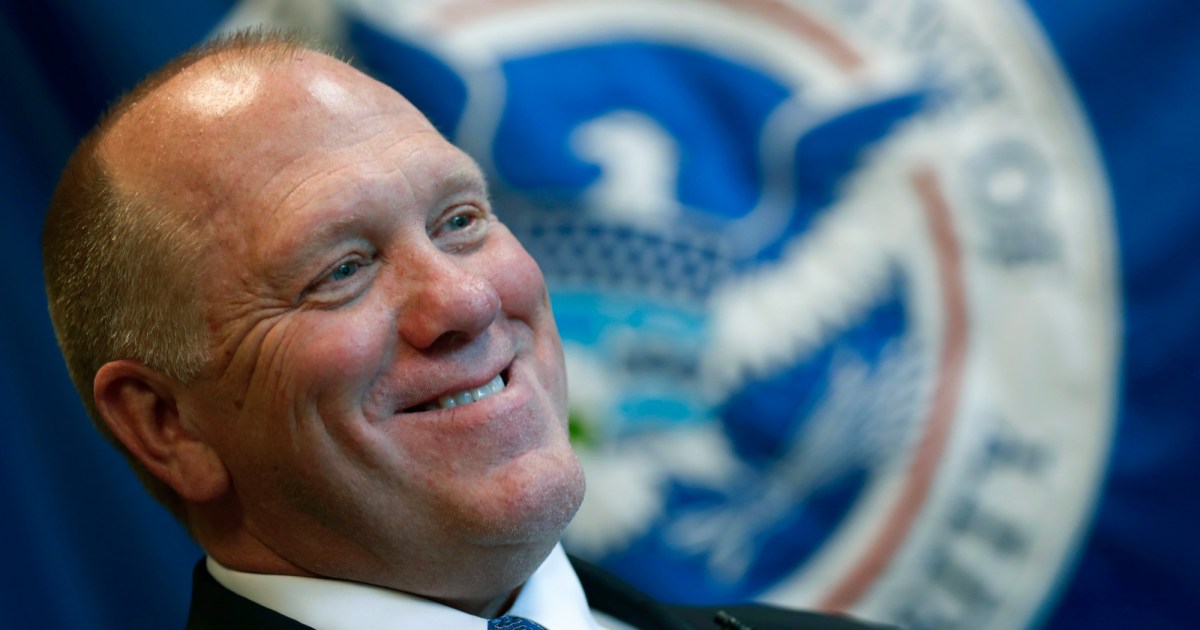
There appears to be a bullet lodged in Tim Sheehy’s right forearm. That is not in dispute. But how and when it got there has become the subject of an ongoing mystery that has dogged the campaign of the former Navy SEAL challenging Sen. Jon Tester (D-Mont.) in one of this election cycle’s most high-stakes races.
The question of how Sheehy was shot first came up last spring in a Washington Post exposé by Liz Goodwin who reported that Sheehy had said on the campaign trail he has a “bullet stuck” in his right arm from his time serving in Afghanistan. The problem was that Sheehy had told a National Park Service ranger in 2015 that the bullet wound in his right arm came from him accidentally shooting himself with a Colt .45 revolver while in Glacier National Park.
When confronted with these incompatible stories, Sheehy told the Post that his original story was a lie designed to protect former platoon-mates who may have shot him in a friendly fire incident in Afghanistan in 2012. Sheehy said that, in reality, he’d ended up in the emergency room in 2015 after falling on a hike. A park ranger, in this version of the story, was summoned to the hospital because Sheehy told the staff there that he had a bullet in his arm.
Sheey’s account should be easy to substantiate. Medical records would presumably show whether he arrived at the hospital with a fresh bullet wound or an injury sustained from a fall. The medical professionals who treated him could potentially recall what happened. A family member who was with him that day could back up his story. But Sheehy has not released records or made available any witnesses of the 2015 incident who could backup his version of events.
Sheehy, 38, is a first-time candidate who, until recently, ran a wildfire firefighting company that is struggling financially. He has been endorsed by Donald Trump and was seen as a top recruit by Senate Republicans. His background as a millennial former SEAL, Purple Heart recipient, and wealthy businessman who was largely free of MAGA baggage was seen as perfect for taking on Tester, who was first elected in 2006. Polls now show him leading Tester in a race that is crucial for determining which party controls the Senate.
In terms of medical records, the Sheehy campaign only shared an X-ray with the Post that it provided on the condition that the image not be published. Doctors who reviewed it for the paper concluded that it does not provide strong support for Sheehy’s story that a “friendly ricochet bullet” hit him in Afghanistan:
The image probably depicts a bullet, but it is not possible to tell what type of weapon it came from nor the age of the wound, said Joseph V. Sakran, a trauma surgeon at Johns Hopkins Hospital in Baltimore, who reviewed the X-ray at the request of The Post. Thomas J. Esposito, a professor at the University of Illinois College of Medicine in Peoria who has spent 30 years as a trauma surgeon, said that the X-ray looks like an injury from a low-velocity firearm, such as a handgun, and that he found it “doubtful” the bullet was the result of ricochet from an assault weapon because of the smoothness of its edges.
Sheehy’s campaign told the Post back in April that he had requested medical records from the hospital visit but had not yet been able to obtain them. Later that month, the campaign declined to comment about the status of that request and referred the paper to Sheehy’s lawyer, Daniel Watkins of Meier Watkins Phillips Pusch. The statement Watkins provided claimed that the “released reports corroborate the information we have provided, and they confirm Mr. Sheehy’s recollection of what took place.” The information provided—that is, the X-ray—does not confirm Sheehy’s account.
One piece of evidence in favor of Sheehy’s current story is that a weapons expert interviewed by the Post said it was “very unlikely” that the gun would have misfired after being dropped. The emergency room that Sheehy went to was about two hours away from where he initially said he shot himself. That, along with the fact that Sheehy appears to have been discharged from the hospital relatively quickly, could also support the claim that he did not arrive at the hospital with a fresh gunshot wound.
I reached out to Sheehy’s campaign on September 3 asking if they would be able to provide any more records to support the candidate’s account, or if they would make someone available to to defend Sheehy’s story on or off-the-record. The campaign did not respond to the email or a follow-up sent last week.
On Wednesday, I emailed Watkins, who, according to his official bio, is a “nationally ranked trial lawyer and reputation counselor specializing in high-stakes crisis and defamation cases.” Watkins confirmed that he is representing Sheehy, and asked to review the request I sent to the campaign. He did not respond after receiving it.
Another problem for Sheehy is the length he went to substantiate his original story in 2015. As the Post reported in its April follow-up, Sheehy hand wrote and signed a detailed statement that explains how he shot himself. “Upon finishing our hike at Logan’s Pass while reloading our vehicle, an improperly placed firearm kept in the vehicle for bear protection fell out and discharged into my right forearm,” he wrote. “We fully cooperated with Ranger [name redacted in document] after he called the ER and agreed to pay the $500.00 fine before leaving the hospital.” Sheehy (who was fined for discharging a firearm in a national park) went on to “request leniency with any charges related to this unfortunate accident” due to his “security clearance and involvement with national defense related contracts.”

Sheehy’s 2015 account fits with a statement of probable cause that the park ranger signed under penalty of perjury shortly after the incident. According to that statement, the ranger was already on the way to Logan Pass in response to the report of a gunshot when he learned that Sheehy was in the Kalispell hospital emergency room. That timeline is supported by a second statement from the park ranger that explained that he initially responded to the incident after a “park visitor called park dispatch” to report that a gun had been accidentally fired.

When interviewed by the Post on the condition of anonymity, the ranger, a Marine Corps veteran, said he was surprised to hear that Sheehy is now claiming to have lied to him in 2015. He recalled Sheehy showing him the weapon at the time and him seeing that it was fully loaded aside from one bullet. “I don’t in any way impugn the law enforcement officer,” Sheehy told the Post about the ranger’s written account. “Everything he says is true to the extent of his knowledge.”

As the Post noted, lying to a park ranger is a crime, although the statute of limitations has now expired. According to his current story, Sheehy lied out of a selfless desire to protect former platoon-mates from an investigation that experts say was highly unlikely to have been triggered by him saying he had been hit by friendly fire years before.
This doesn’t have to be this complicated. Sheehy just needs to release the medical records. He won’t. Which begs the question: Why not?















